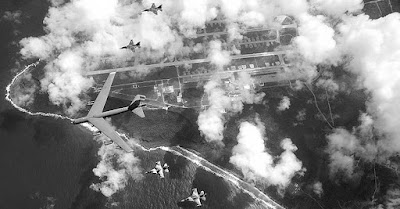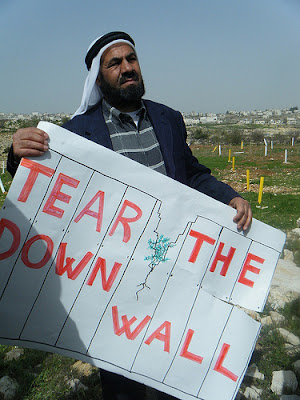Japanese Peace Movements #8: Rich Dirty Secrets
During this past research trip to the Tohoku Region of Japan with the Popoki Peace Project there was one visual constant as we traveled the most significantly affected disaster areas. In Chamorro, odda', in English, dirt. On March 11, 2011 a huge earthquake struck Japan and caused a meltdown in the Fukushima nuclear power plant, causing radiation to blanket areas even one hundred miles away. Although the areas of compulsory evacuation were much smaller than the areas that were significantly affected, you could still see signs, even four years later of how the radiation have infected the land and threatened populations. Some areas the Japanese government says it will try to move people back to within the next few months, others a few years, other areas may take decades or centuries before they are "safe" for human habitation again. The earthquake also led to a huge tsunami which battered hundreds of miles of coast and destroyed the coastal areas of several cities and




